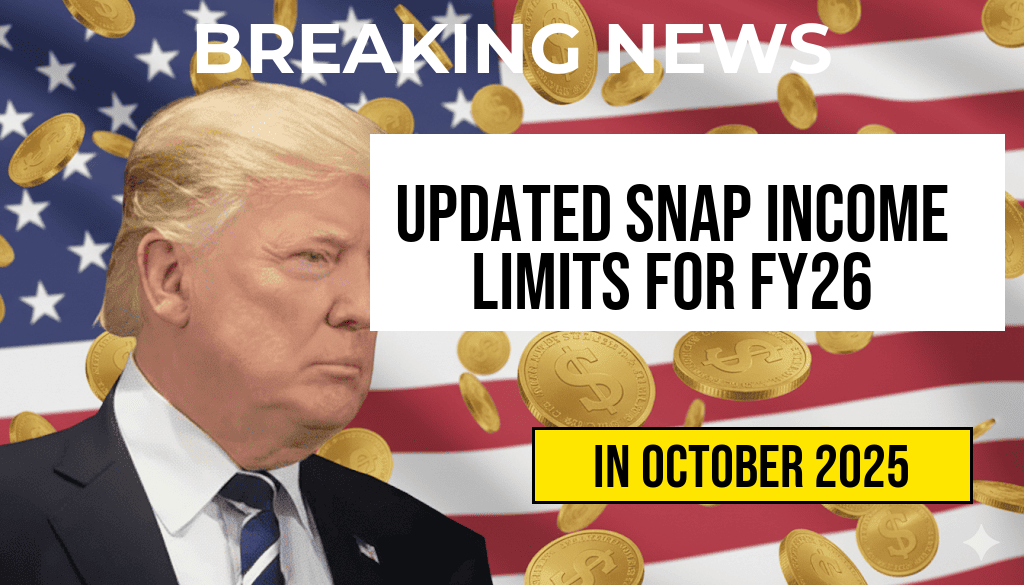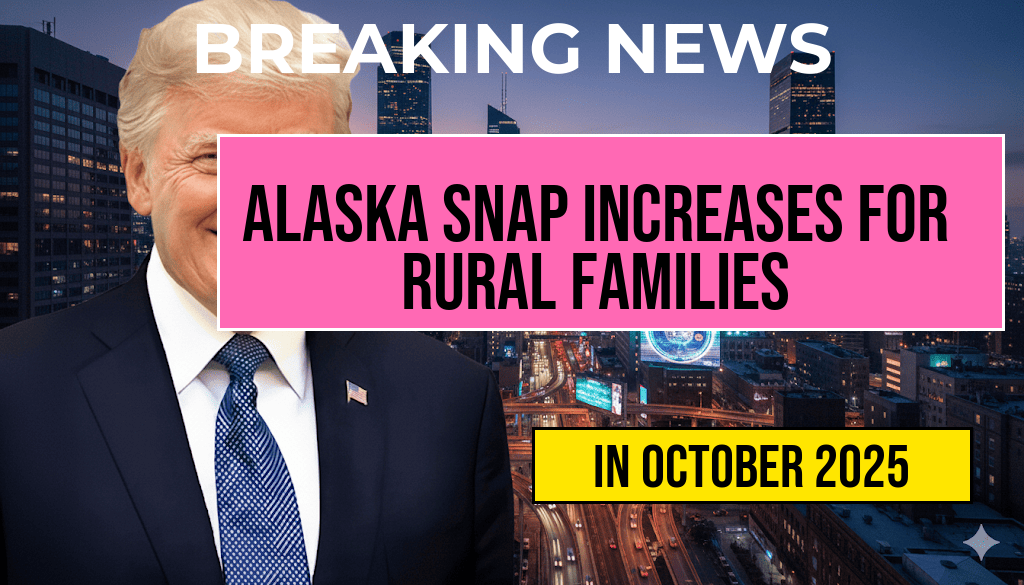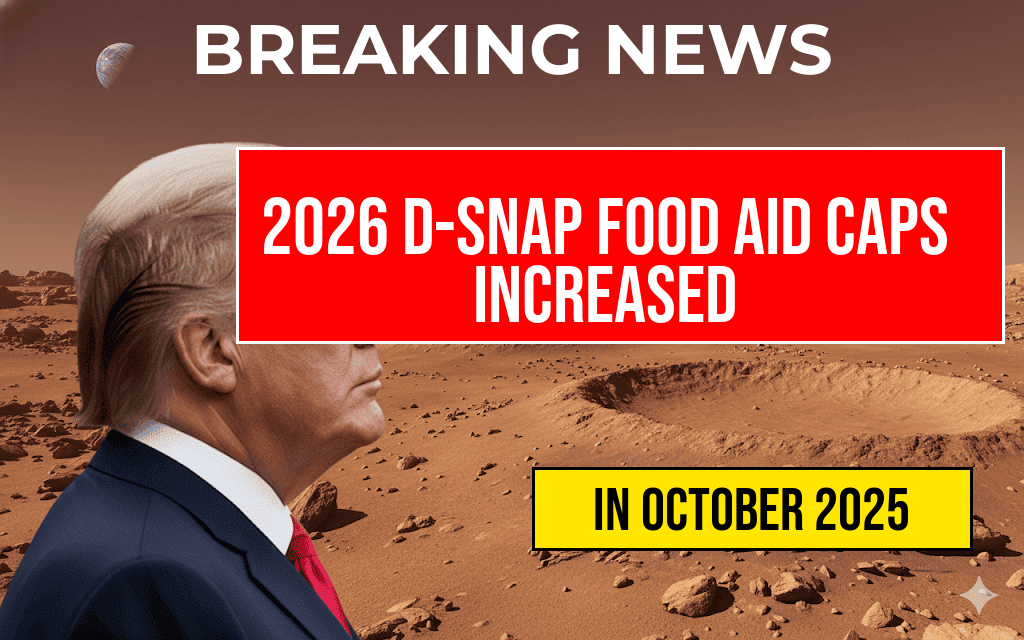The Supplemental Nutrition Assistance Program (SNAP) has updated its income limits for the fiscal year 2026, allowing more individuals and families to qualify for assistance. The changes reflect a growing recognition of the financial challenges many face in affording nutritious food. The new limits, which take effect on October 1, 2025, will enable households with higher earnings to access vital support, thereby improving food security across the nation. This adjustment is particularly significant in light of the economic pressures stemming from inflation and rising living costs. Understanding the updated thresholds is essential for potential applicants looking to benefit from this crucial program, which serves millions of Americans. Below, we provide a detailed overview of the new income limits and how they may affect your eligibility for SNAP benefits.
New Income Limits for SNAP in FY26
The SNAP income eligibility is determined by the federal poverty guidelines, which are updated annually. For FY26, the limits have been adjusted to reflect changes in the cost of living. Households must meet both gross and net income limits to qualify for benefits.
Household Size and Income Limits
| Household Size | Gross Monthly Income Limit | Net Monthly Income Limit |
|---|---|---|
| 1 | $1,473 | $1,215 |
| 2 | $1,984 | $1,643 |
| 3 | $2,494 | $2,070 |
| 4 | $3,005 | $2,498 |
| 5 | $3,516 | $2,925 |
| 6 | $4,027 | $3,353 |
| 7 | $4,538 | $3,780 |
| 8 | $5,049 | $4,208 |
| For Each Additional Member | $511 | $428 |
Understanding Gross and Net Income
- Gross Income: This is the total income before any deductions. It includes wages, salaries, pensions, and any other form of income.
- Net Income: This is the income after specific deductions, such as housing costs, child support, and certain medical expenses. These deductions can significantly impact your eligibility.
Who Can Benefit from SNAP?
SNAP is designed to support low-income households, including families with children, seniors, and individuals with disabilities. The program aims to alleviate food insecurity by providing financial assistance for purchasing food. The updated income limits will expand access to more households, particularly those who may have previously thought themselves ineligible due to slight earnings above the old thresholds.
Application Process
To apply for SNAP, individuals can visit their state’s SNAP office or apply online through the official government website. The application process requires documentation of income, expenses, and household composition. It is advisable to gather necessary documents, such as pay stubs and bills, to streamline the process.
Impact of the Changes
The adjustment in income limits is expected to have a positive impact on millions of families struggling to make ends meet. By allowing households with higher earnings to access SNAP benefits, the program aims to reduce food insecurity and improve public health outcomes. Studies have shown that access to SNAP can lead to better nutrition and overall well-being among participants.
Resources for More Information
For more detailed information regarding SNAP eligibility and application procedures, interested individuals can visit the following resources:
The updated income limits for SNAP in FY26 signify an important shift towards addressing food insecurity in America. As families navigate the challenges of rising costs, these changes may provide the necessary support to help them secure nutritious meals.
Frequently Asked Questions
What are the updated income limits for SNAP in FY26?
The updated income limits for SNAP in FY26 allow individuals and families to qualify with earnings that exceed previous thresholds. The specific amounts can be found in the detailed chart included in the article.
How do I know if I qualify for SNAP benefits?
To determine if you qualify for SNAP benefits, you need to compare your household’s gross and net income against the updated income limits provided in the FY26 chart. Additionally, factors such as household size and expenses will also play a role in your eligibility.
What is the significance of the FY26 chart mentioned in the article?
The FY26 chart provides a comprehensive overview of the new income limits for SNAP, helping potential applicants understand the maximum earnings allowed for eligibility. It serves as a crucial resource for assessing qualification.
Are there any other factors besides income that affect SNAP eligibility?
Yes, besides income, other factors such as household size, residency, and specific expenses like housing costs can affect SNAP eligibility. It’s important to consider all these elements when applying.
Where can I find more information about applying for SNAP?
More information about applying for SNAP can be found through your local SNAP office or state’s website. The article also contains links and resources to help guide you through the application process.






